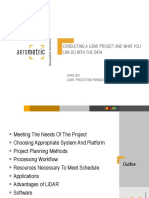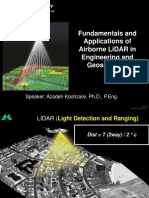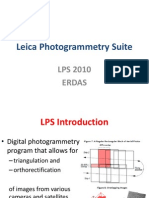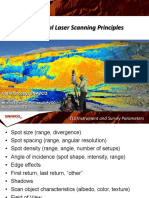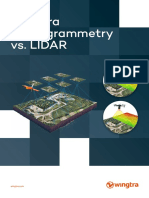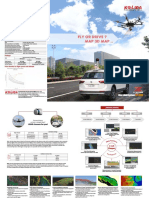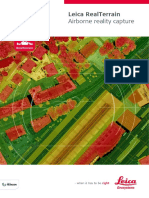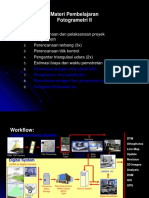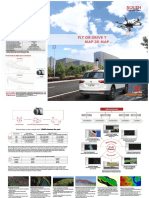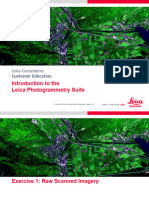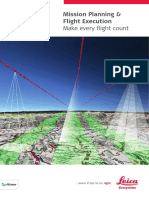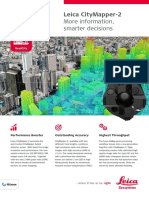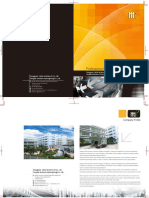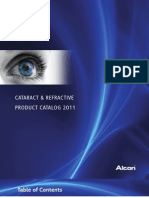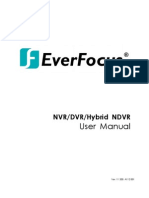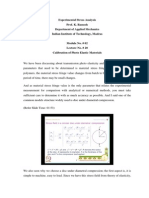0% found this document useful (0 votes)
80 views70 pagesIndiaLecture12 OrthophotoWorkflow
The document provides instructions for calibrating a camera used with an airborne lidar system. It describes planning a calibration flight with images collected from two altitudes in opposing directions. It then outlines setting up a project in Leica Photogrammetry Suite (LPS) including defining coordinates, importing initial exterior orientation data, measuring tie points, and performing a bundle adjustment to calculate updated exterior orientations and camera misalignment parameters.
Uploaded by
Gopala Reddy SanagalaCopyright
© © All Rights Reserved
We take content rights seriously. If you suspect this is your content, claim it here.
Available Formats
Download as PDF, TXT or read online on Scribd
0% found this document useful (0 votes)
80 views70 pagesIndiaLecture12 OrthophotoWorkflow
The document provides instructions for calibrating a camera used with an airborne lidar system. It describes planning a calibration flight with images collected from two altitudes in opposing directions. It then outlines setting up a project in Leica Photogrammetry Suite (LPS) including defining coordinates, importing initial exterior orientation data, measuring tie points, and performing a bundle adjustment to calculate updated exterior orientations and camera misalignment parameters.
Uploaded by
Gopala Reddy SanagalaCopyright
© © All Rights Reserved
We take content rights seriously. If you suspect this is your content, claim it here.
Available Formats
Download as PDF, TXT or read online on Scribd
/ 70
